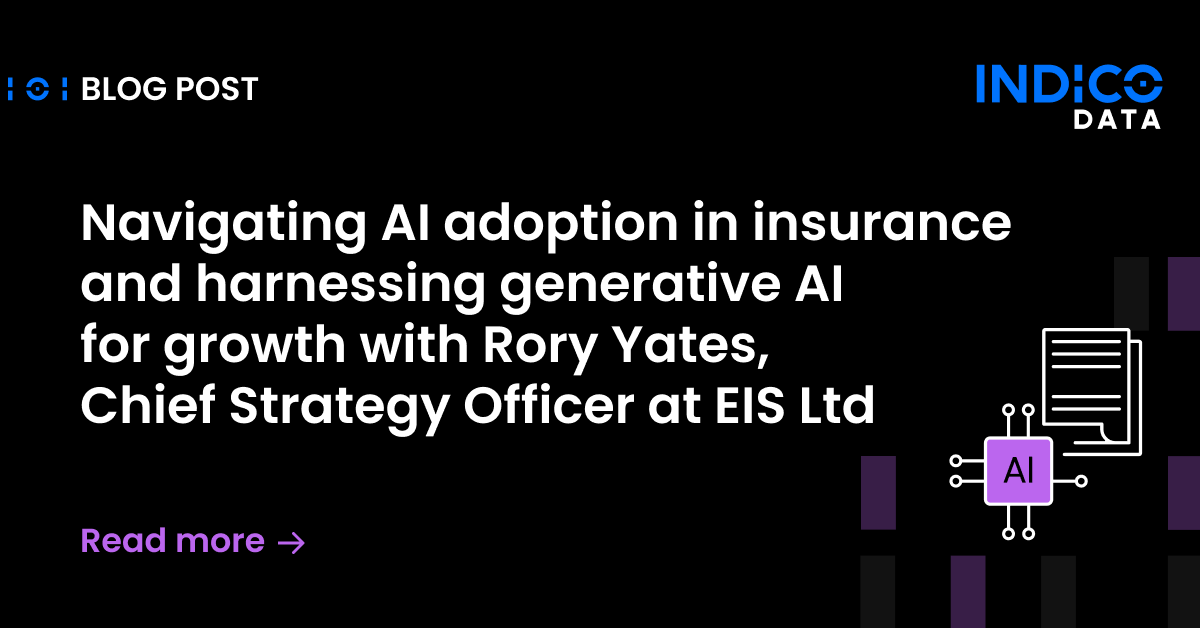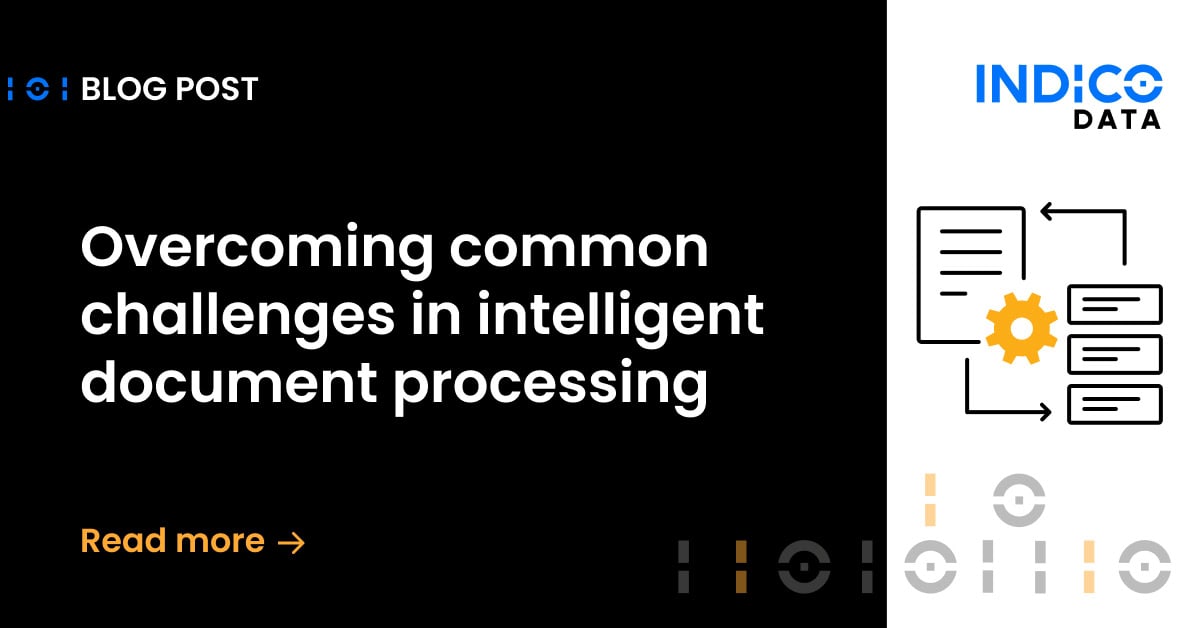An issue that often comes up when I talk to customers is how to proceed after they exhaust quick wins with robotic process automation (RPA) projects and want to start tackling “Day 2” issues, including processes involving unstructured content. This is an instance where it’s helpful to have an automation Center of Excellence, or COE.
This topic came up in a webinar I participated in a with a process automation expert from Cognizant (Vishesh Bhatia, who wrote a guest post for us that delves into detail on how to set up a COE), and automation veteran Nidal Nasr, who worked at AIG for more than 20 years.
The classic day 2 situation is when a company has used an RPA approach to pick off low-hanging fruit, maybe processes dealing with documents such as W-2s that are highly structured or even semi-structured documents like invoices. Then the line of business comes back with a new challenge involving more complex, unstructured content such as emails, contracts, insurance claims, customer support documents or the like.
Role of COE in Day 2 projects
This is where it’s helpful to have a COE that can define approaches to address these more complex cases. It starts with identifying a proof-of-concept (POC) use case with identifiable value and a rapid time to completion, meaning weeks, not many months. Be sure it’s a project that will show a definite business benefit from process automation, and a real return-on-investment (ROI). Define what success looks like, such as in terms of time saved.
Day 2 efforts often involve scaling up your capacity to address automation projects. That may require a bit of evangelizing, spreading the word about the success you’ve had to date and the value and benefits of process automation.
In some instances, you may also need to overcome something of an RPA 1.0 hangover, which is a resistance to automating any processes that involve unstructured content. Sometimes you’ll encounter a fear of technology, of bots coming in and taking over lots of jobs. To combat such fears, I like to talk about how intelligent process automation is more like giving someone a bionic arm that enables them to lift 10 times the weight they could before. Employees become more valuable, with their skills amplified through process automation technology.
As you dive in, consider where ownership of the project lies with respect to IT and the business. Cognizant generally recommends the business be in the driver’s seat. After all, the end consumer of the automation project is the business and it’s the business that understands what processes are to be automated. IT should be playing a supporting role, as essentially a vendor to the business, providing infrastructure, security, and governance.
Related Article: How to Build an Intelligent Process Automation Center of Excellence – Part 1
Lining up resources
Next, consider the resources you’ll need to complete the project, both in-house and outsourced. This will require you to get a handle on how vendors charge for their services and how billback works within your organization. One option is to fund the project based on the savings it generates, while another common model is a chargeback system, where business units pay a fee for automation as a service.
During the webinar, Nidal raised what I thought was a good point, which is to consider what happens if you don’t forge ahead with the project. Yes, there’s a cost to funding any automation project, but there’s also a cost in not funding it. Companies in just about every industry are exploring automation, he noted, so if you’re not among them, you may face the cost of being left behind.
On top of that, there’s potential gains to be had from marketing your automation initiatives to customers and being seen as a leader in your field.
To learn more, check out the full webinar recording below. And if you have any questions, or want to arrange a quick demo, feel free to contact us.


